What is Containerization

Containerization is a method of packaging and deploying applications that allows them to run consistently across different environments. It involves packaging the application and its dependencies into a container, which is a lightweight, standalone, and executable package that includes everything the application needs to run.
Containerization’s advantages over Virtualization :
Containers are an increasingly popular way to deploy applications because they offer several benefits over traditional virtualization methods.
One major advantage of containerization is that it is more efficient than virtualization. Virtualization involves creating a virtual machine (VM) that simulates a physical computer, complete with its own operating system (OS) and hardware resources. This means that each VM requires a full copy of the OS, which takes up a significant amount of storage and resources. In contrast, containers do not require a full copy of the OS, as they share the host machine’s OS and resources. This means that containers are much more lightweight and can be easily spun up and down, making them ideal for deploying applications in cloud environments where resources are scarce.
Another advantage of containerization is that it is more portable than virtualization. Because containers include all the necessary dependencies, they can be easily moved from one environment to another without the need to reconfigure the application or dependencies. This makes it easier to deploy applications in different environments, such as on-premises, in the cloud, or in hybrid environments.
In addition, containerization allows for better resource utilization than virtualization. Because containers share the host machine’s resources, they can be easily scaled up or down to meet the demands of the application. This means that resources can be more efficiently utilized, reducing the need for expensive hardware.
containerization allows for better application isolation than virtualization. Containers are isolated from each other, meaning that one container cannot access the resources or data of another container. This makes it easier to manage and secure applications, as each container can be treated as a separate entity.
Briefly :
Here is briefly the differences between containerization and virtualization :
Resource utilization :
As mentioned earlier, virtualization involves creating a full copy of the operating system and hardware resources for each virtual machine, while containerization allows multiple containers to share the host machine’s resources. This means that containerization is more efficient and allows for better resource utilization.
Portability :
Containers are portable and can be easily moved from one environment to another, while virtual machines are less portable and may require reconfiguration to work in different environments.
Isolation :
Containers are isolated from each other and cannot access the resources or data of other containers, while virtual machines are not fully isolated and may be able to access resources from the host machine or other virtual machines.
Deployment :
Virtualization requires a hypervisor to run multiple virtual machines on a single physical machine, while containerization does not require a hypervisor and can run directly on the host operating system.
Performance :
Containers are generally faster and more lightweight than virtual machines, as they do not require a full copy of the operating system.
Disadvantages of Containerization
While containerization has many advantages, there are also some potential disadvantages to consider :
Limited isolation:
While containers offer some level of isolation, they are not as isolated as virtual machines. This means that if one container fails or is compromised, it could potentially affect other containers running on the same host.
Compatibility issues :
Some applications may not be compatible with containerization, as they may require access to certain hardware resources or configurations that are not available in a container.
Complexity :
Containerization can be more complex than virtualization, as it requires additional tools and technologies such as container orchestrators and container registries. This can make it more challenging to set up and manage a containerized environment.
Security concerns :
Containerization requires a thorough understanding of container security best practices, as containers can potentially be exploited if not properly configured. This can be a concern for organizations handling sensitive data or operating in regulated industries.
Limited customization :
Containers are designed to be lightweight and portable, which means that they may not offer as much customization as virtual machines. This can be a disadvantage for applications that require specific hardware or configuration options.
Examples of Containerized Applications
There are many examples of containerized applications in a variety of industries:
Web applications :
Containerization is a popular way to deploy web applications, as it allows for easy scaling and deployment across multiple environments.
Microservices : Containerization is well-suited for microservices architectures, as it allows for easy deployment and management of individual services.
Data analytics:
Containerization can be used to deploy data analytics applications, such as data processing and visualization tools, allowing for easy scaling and deployment in cloud environments.
Mobile applications:
Containerization can be used to deploy mobile applications, allowing for easy management and deployment of different versions and updates.
DevOps tools:
Containerization is widely used in the DevOps space, as it allows for easy deployment and management of tools such as continuous integration and delivery platforms.
Containerization is a versatile technology that can be used to deploy a wide range of applications in different industries.
what are the solutions for containerization
There are several solutions available for containerization, including :
Docker:

Docker is a popular containerization platform that allows developers to build, deploy, and manage containers. It includes tools for building container images, running containers, and managing container clusters.
Kubernetes:

Kubernetes is an open-source container orchestration platform that allows developers to automate the deployment, scaling, and management of containerized applications. It is often used in conjunction with Docker to manage container clusters.
OpenShift:

OpenShift is a container platform developed by Red Hat that allows developers to build, deploy, and manage containerized applications. It includes features such as automatic scaling and rolling updates, and can be used with Docker or other container technologies.
Amazon Elastic Container Service (ECS):
Amazon ECS is a managed container orchestration service provided by Amazon Web Services (AWS). It allows developers to easily deploy and manage containerized applications in the AWS cloud.
Azure Container Instances (ACI):
ACI is a managed container service provided by Microsoft Azure that allows developers to easily deploy and manage containerized applications in the Azure cloud.
These solutions provide a range of tools and features for building, deploying, and managing containerized applications, making it easier for developers to adopt containerization in their workflows.
Is there any other solutions ?
There are many other solutions available for containerization, including :
Mesosphere DC/OS:

Mesosphere DC/OS is a container orchestration platform that allows developers to deploy and manage containerized applications at scale. It includes features such as automatic scaling and rolling updates, and can be used with Docker or other container technologies.
Rancher :

Rancher is a container management platform that allows developers to deploy and manage containers on-premises or in the cloud. It includes features such as automatic scaling and rolling updates, and can be used with Docker or other container technologies.
Cloud Foundry:
Cloud Foundry is an open-source platform-as-a-service (PaaS) that allows developers to build, deploy, and manage applications in the cloud. It includes a container runtime called Diego that allows developers to deploy containerized applications.
LXD:
LXD is a container hypervisor that allows developers to run multiple isolated containers on a single host. It is designed to be lightweight and fast, and can be used with a variety of container technologies.
Singularity:
Singularity is an open-source container platform designed for high-performance computing environments. It allows developers to build and deploy containerized applications on HPC clusters, and includes features such as automatic scaling and resource management.


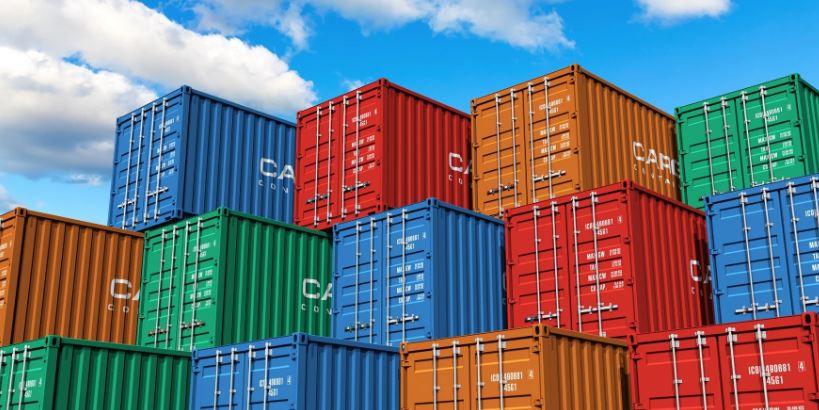
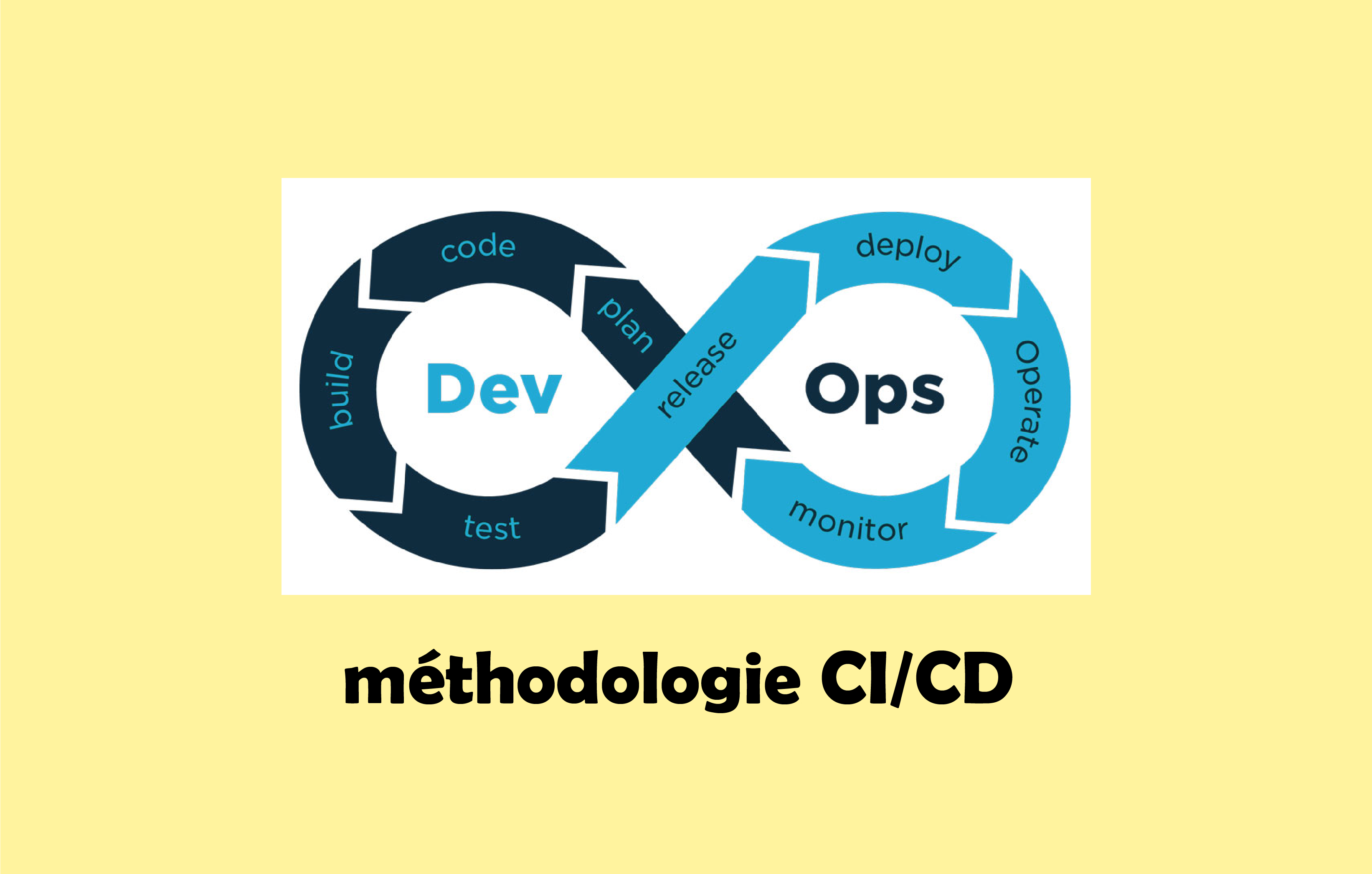
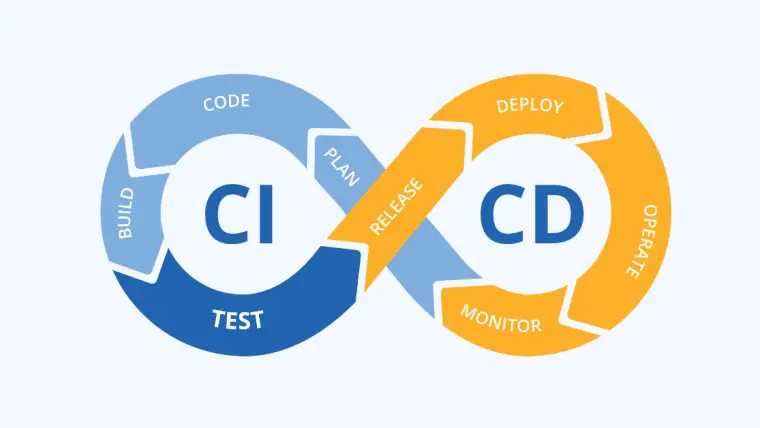

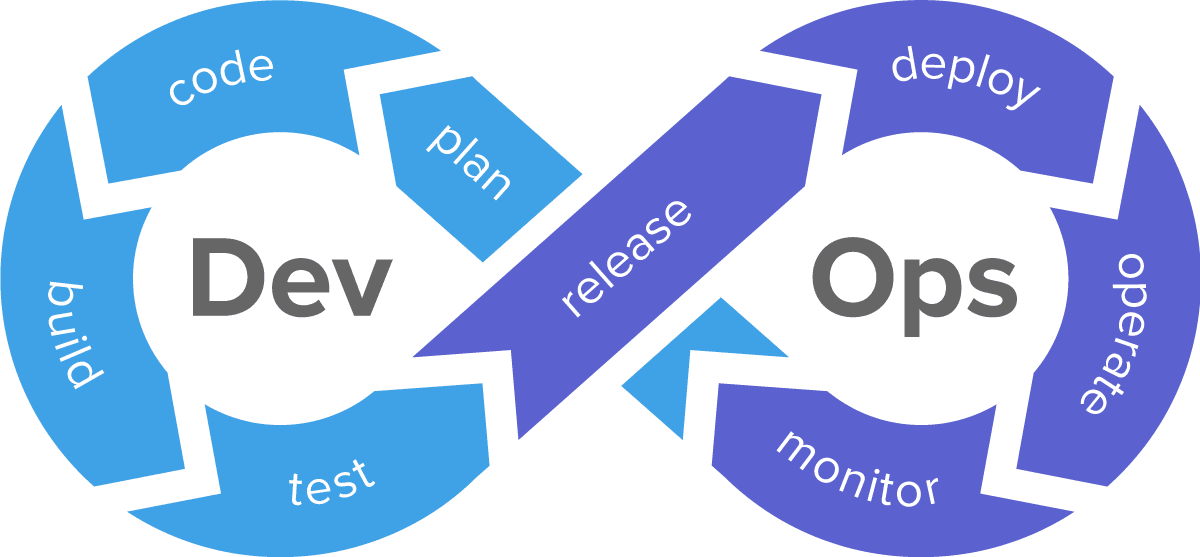

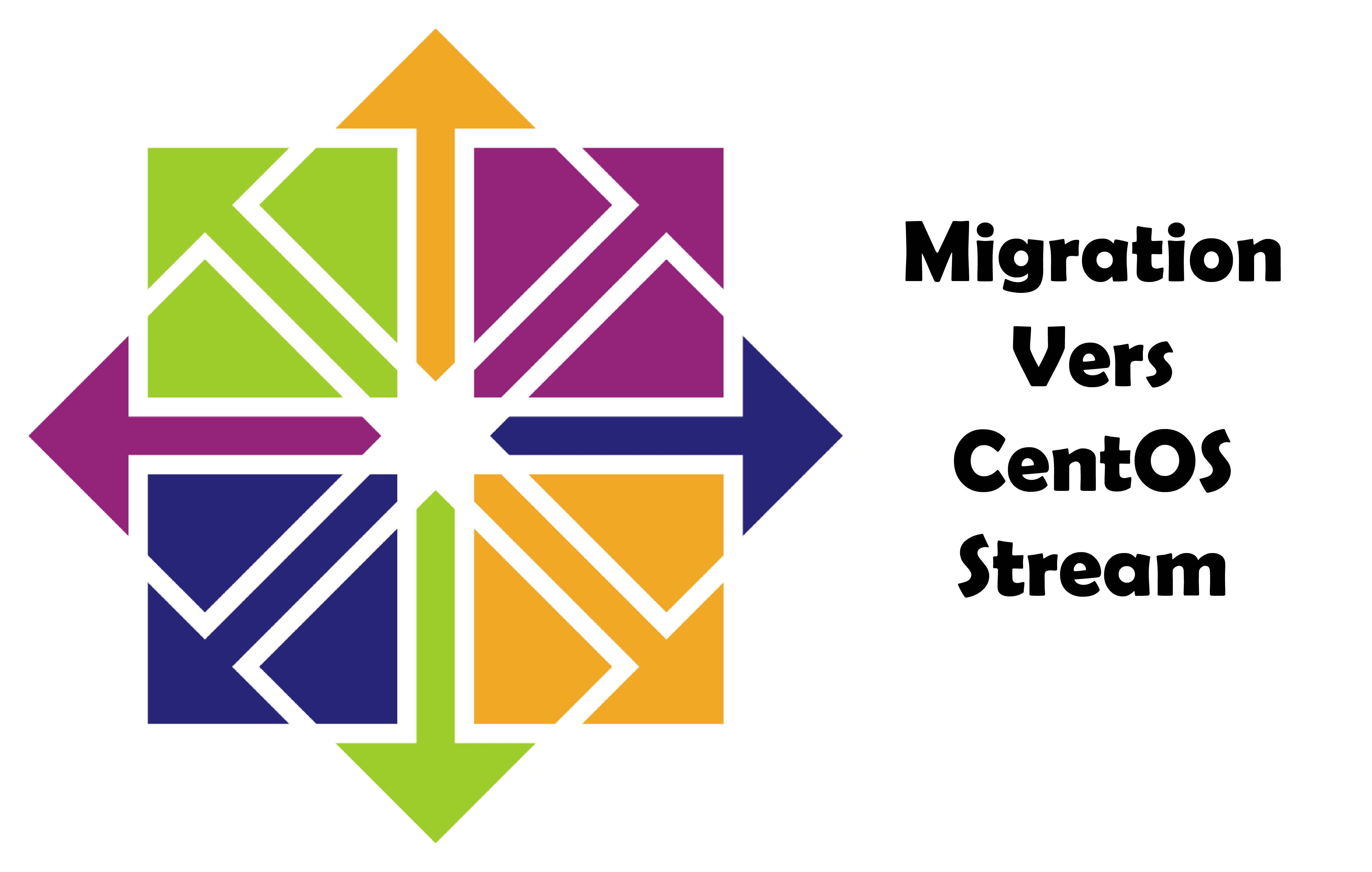
nmtui : Configurer une adresse IP sous Linux
Installer et configurer Ansible sur Rocky Linux 9
Mis en place d’un cluster kubernetes avec kubeadm
Comment installer Nginx on Rocky Linux 9
Fail2Ban : How to protect Linux services